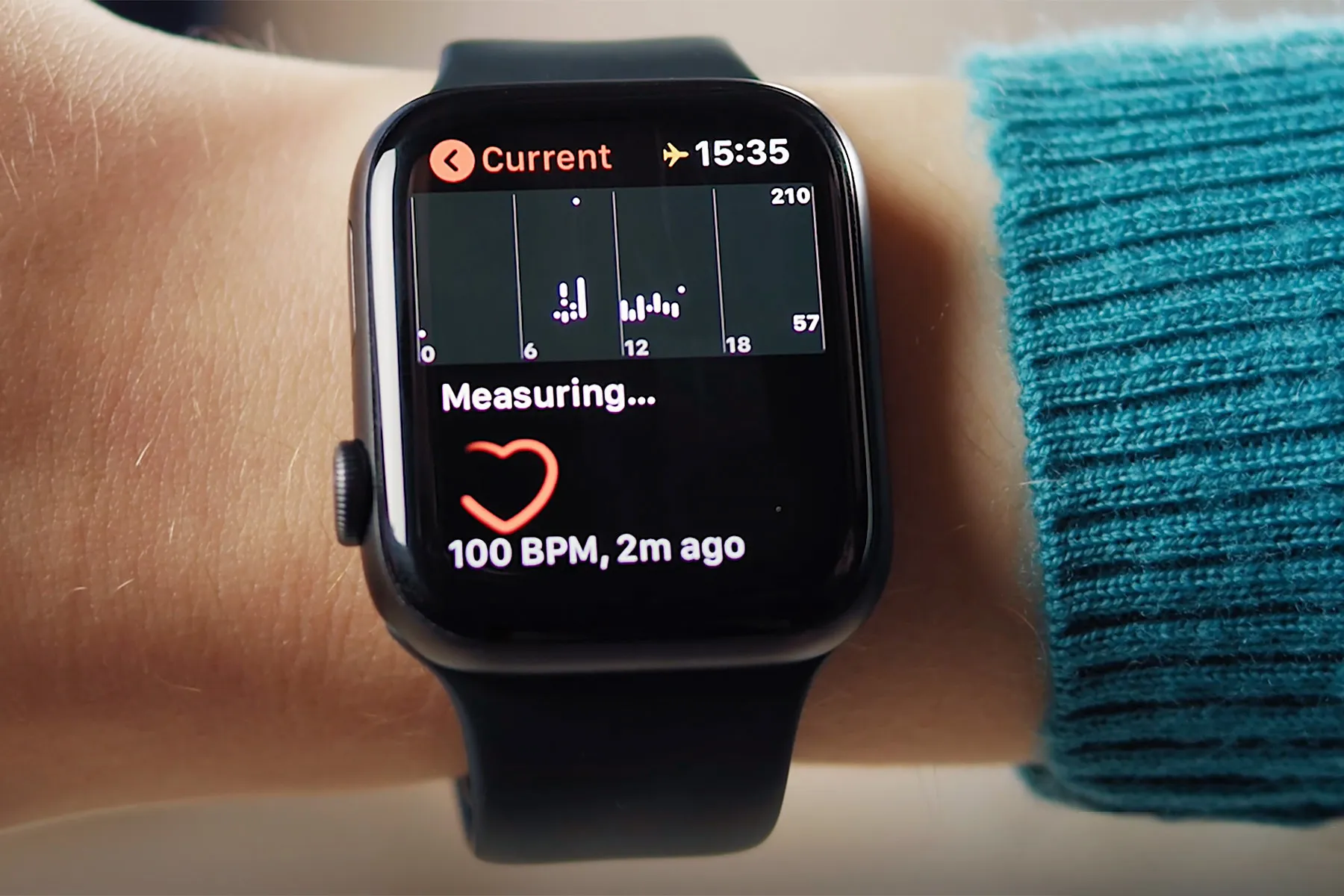April 18, 2023 – A brand new federal analysis venture goals to reply lingering questions on lengthy COVID utilizing cellular monitoring gadgets to assist observe the situation.
The federally funded RECOVER Initiative expects to present out 10,000 sensors to individuals with lengthy COVID to gather information in actual time.
The hope is that researchers will have the ability to present medical doctors, and sufferers, with a wealth of knowledge to deal with gaps in data about lengthy COVID.
The venture takes benefit of the method different researchers have used to trace sufferers’ well being information on coronary heart fee, train, and extra utilizing cellular monitoring gadgets, corresponding to Fitbits, smartwatches, and different distant sensors.
Researchers imagine the initiative could possibly be significantly helpful for individuals with lengthy COVID – whose signs come and go. They’ll use a wristband sensor to passively acquire information in actual time.
For a situation outlined by its signs, that form of information guarantees to be helpful, consultants mentioned.
However not everybody has room of their finances for a smartwatch or a health tracker. Till just lately, most medical trials had been BYOD: Convey your personal gadget. At a time when researchers try to guarantee that individuals medical trials replicate the variety of the inhabitants, that leaves lots of people out.
So, researchers are beginning to provide topics with their very own screens. The RECOVER Initiative expects to present out 10,000 sensors to people who find themselves eligible primarily based on race/ethnicity, revenue, and different demographic components (rural residents for instance). After two months, all individuals within the RECOVER examine over the age of 13 might be eligible for the sensors.
The federal program builds on earlier analysis at locations like The Scripps Institute, The institute equipped 7,000 screens to individuals in an arm of the All of Us examine, a 5-year-old multi-site cohort that goals to gather medical data from 1 million individuals.
The gadgets went to individuals who have been traditionally underrepresented in biomedical analysis, mentioned Scripps researchers, who plan to present out extra this 12 months.
Final month, Scripps on the monitoring information that discovered a major post-COVID-19 drop in bodily exercise. However the information is incomplete as a result of many individuals can’t all the time afford these gadgets. The general public within the examine had been “White, younger, and lively,” they wrote.
Researchers at an “All of Us” website at Vanderbilt College, which additionally used a Convey your Personal Machine method, realized that they They reported their findings on the Pacific Symposium on Biocomputing in January.
“[The] majority of individuals who offered Fitbit information reported being white and employed for wages,” they mentioned. “Nevertheless, these information signify individuals who had their very own Fitbit gadgets and consented to share EHR [electronic health record] information.”
Their resolution: This system has begun offering Fitbit gadgets all examine individuals who don’t personal one or can’t afford one.
Now, the online web page for the All of Us examine asks guests to “Study in regards to the All of Us WEAR examine. You may get a Fitbit for free of charge! … As part of the WEAR Research, you can obtain a brand new Fitbit to put on for free of charge to you. All of Us will have the ability to get the information the Fitbit collects. This information could assist us perceive how habits impacts well being.”
Jennifer Radin, PhD, an epidemiologist at Scripps Analysis Translational Institute, , which is a distant monitoring analysis venture that has enrolled over 40,000 individuals who have their very own sensors – be it a smartwatch or Fitbit. She was taking a look at distant monitoring for illness earlier than COVID emerged.
Radin mentioned she started researching distant sensing after working in public well being and coping with outdated information assortment techniques.
“They usually depend on case stories which can be recorded by pen and paper and faxed or mailed in,” she mentioned. “Then, they must be entered right into a database. “
Along with providing goal information on a topic’s bodily response to the an infection, she mentioned, the information assortment may be long-term and steady.
DETECT collects information on resting coronary heart fee, which is exclusive to each particular person, and exercise ranges. Each measures are significant for these with lengthy COVID.
Together with providing goal information on a topic’s response to the an infection, she mentioned, the information assortment may be long-term and steady.
Joseph Kvedar, MD, is a Harvard Medical Faculty researcher and the editor of . He’s been finding out digital well being techniques and referred to as medical analysis a “beachhead” for using information from screens. However he additionally mentioned issues stay that should be labored out. The standard of the gadgets and their Bluetooth connections are higher. However completely different gadgets measure various things, and a counted step can fluctuate from individual to individual, he mentioned. And the issues of the early days of digital well being information haven’t been totally resolved.
“We haven’t gotten to this common language to attach all these items and make them related,“ he mentioned.
The All of Us researchers are working with the Get well venture to deal with a few of these points. Normally not targeted on a single situation, the All of Us researchers are testing a machine-learning method figuring out lengthy COVID.
